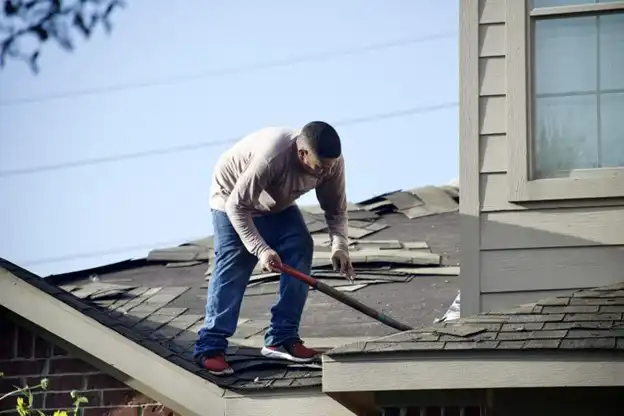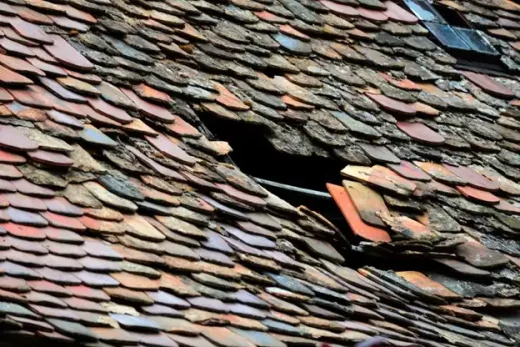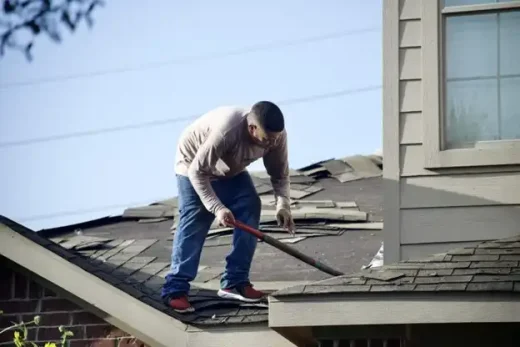Navigating roofing emergencies, Home roof repair, American property fix
Navigating Roofing Emergencies: When and How to Call for Help
September 28 2024
Roofing emergencies can strike unexpectedly, causing damage that requires immediate attention. Whether it’s a sudden leak during a storm or the discovery of missing shingles, knowing when and how to call for help can prevent further complications. This guide outlines the types of roofing emergencies, the signs that indicate professional assistance is needed, and the steps to take when reaching out for help.
Recognizing the Signs of a Roofing Emergency
Identifying a roofing emergency starts with recognizing the signs that something is wrong. Common indicators include leaks, water stains on ceilings, sagging areas, or missing shingles. If you notice any of these issues, act quickly. Water intrusion can lead to significant structural damage and mold growth, creating health hazards and expensive repairs.
In situations where you see water dripping or pooling, it’s best to reach out to professionals. Calling in the experts at Avenue Roofing or similar services can provide you with a swift assessment of the situation. They can determine whether you need an immediate repair or if a more comprehensive inspection is required. Ignoring these signs can escalate the problem, leading to more severe damage.
Types of Roofing Emergencies
Roofing emergencies vary, each needing a different response.
- Severe Leaks: Heavy rain or melting snow can overwhelm your roof. If water enters your home, act immediately.
- Storm Damage: High winds, hail, or fallen branches can damage the roof. Shingles may be torn off, or structures compromised.
- Ice Dams: In winter, ice can block melting snow from draining, causing leaks and roof damage.
- Animal Intrusions: Animals like raccoons or squirrels can damage your roof while trying to access your attic, creating openings for water.
- Flashing Failures: Damaged or missing flashing can lead to leaks by failing to direct water away from joints and valleys.
- Old Age: Aging roofing materials can cause emergencies. If your roof is nearing its lifespan, consider replacement or major repair.
Understanding these emergencies helps accurately assess your situation.
When to Call for Professional Help
Knowing when to call a professional can be tough. Generally, if you can’t easily solve a problem, it’s smart to seek help. Here are situations where professional assistance is essential:
- Severe Weather: After big storms, check your roof for visible damage. If you see issues, contact a roofing expert.
- Persistent Leaks: If a leak comes back after being patched, it may be more serious than you can handle.
- Structural Concerns: Sagging roofs or large cracks in walls or ceilings may indicate serious structural damage.
- Attic Issues: If you find water intrusion or mold in your attic, have a professional assess it immediately.
Delaying these repairs can lead to higher costs and safety risks.
Steps to Take Before Help Arrives
While waiting for help, you can take steps to reduce damage. Move any furniture or valuables from the affected area. If there’s significant water, use buckets to catch drips. Cover the damaged area with a tarp to prevent more water from entering your home until professionals arrive.
Check the roof for loose or missing shingles, but be cautious. Avoid going onto the roof if you’re inexperienced, as it can be dangerous. Document the damage with photos for insurance claims and professional assessments.
Communicating with Roofing Professionals
When you reach out to a roofing professional, clear communication is essential. Describe the issues you’ve encountered, when they began, and any steps you’ve taken to mitigate damage. Be sure to provide photos if possible, as this can assist in quicker assessments.
Ask about their experience with similar emergencies and whether they have availability for immediate repairs. A reputable professional should be willing to explain their process, estimated timelines, and costs upfront. If you’re uncertain about their responses, seek a second opinion.
Preventive Measures for the Future
After resolving a roofing emergency, consider taking steps to prevent future issues. Regular roof inspections can catch minor problems before they escalate. Schedule annual inspections, particularly after severe weather or if your roof is aging.
Maintaining gutters and downspouts ensures proper drainage, reducing the risk of leaks. Trim overhanging branches to minimize the risk of damage during storms. Investing in quality materials and workmanship when repairing or replacing your roof can provide peace of mind and longevity to your roofing system.
Navigating roofing emergencies can be tough, but knowing when and how to seek help can reduce stress and damage. Recognizing signs of a roofing emergency, understanding potential issues, and taking prompt action can protect your home and family.
When uncertain, don’t hesitate to call professionals. With proper care, you can keep your roof in good condition, ready to protect you from the elements. Remember, regular maintenance and proactive steps can prevent emergencies and keep your roofing reliable for years.
Comments on this guide to Navigating roofing emergencies at home article are welcome.
Home Roofing
US Roofing Contractor and Build Posts
Roofing Trends Shaping Contemporary Home Architecture
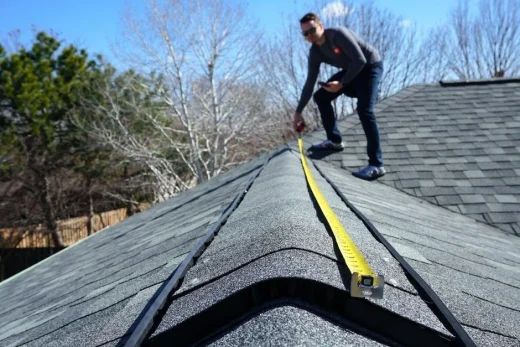
Questions to ask when choosing roofers
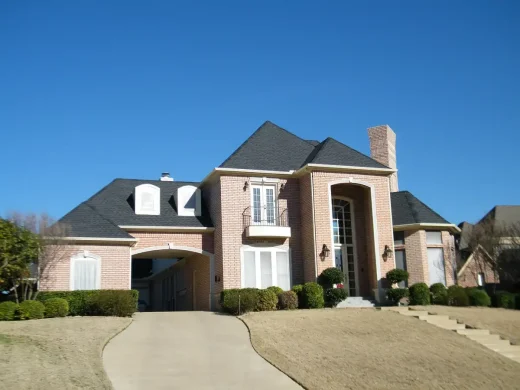
Long Island Roofing Contractor
Gainesville Roofing tips for Spring cleaning
FAQ about a new metal roof in Sinton, TX
Home Articles
Residential Architecture
Comments / photos for the Navigating Roofing Emergencies: When and How to Call for Help page welcome

